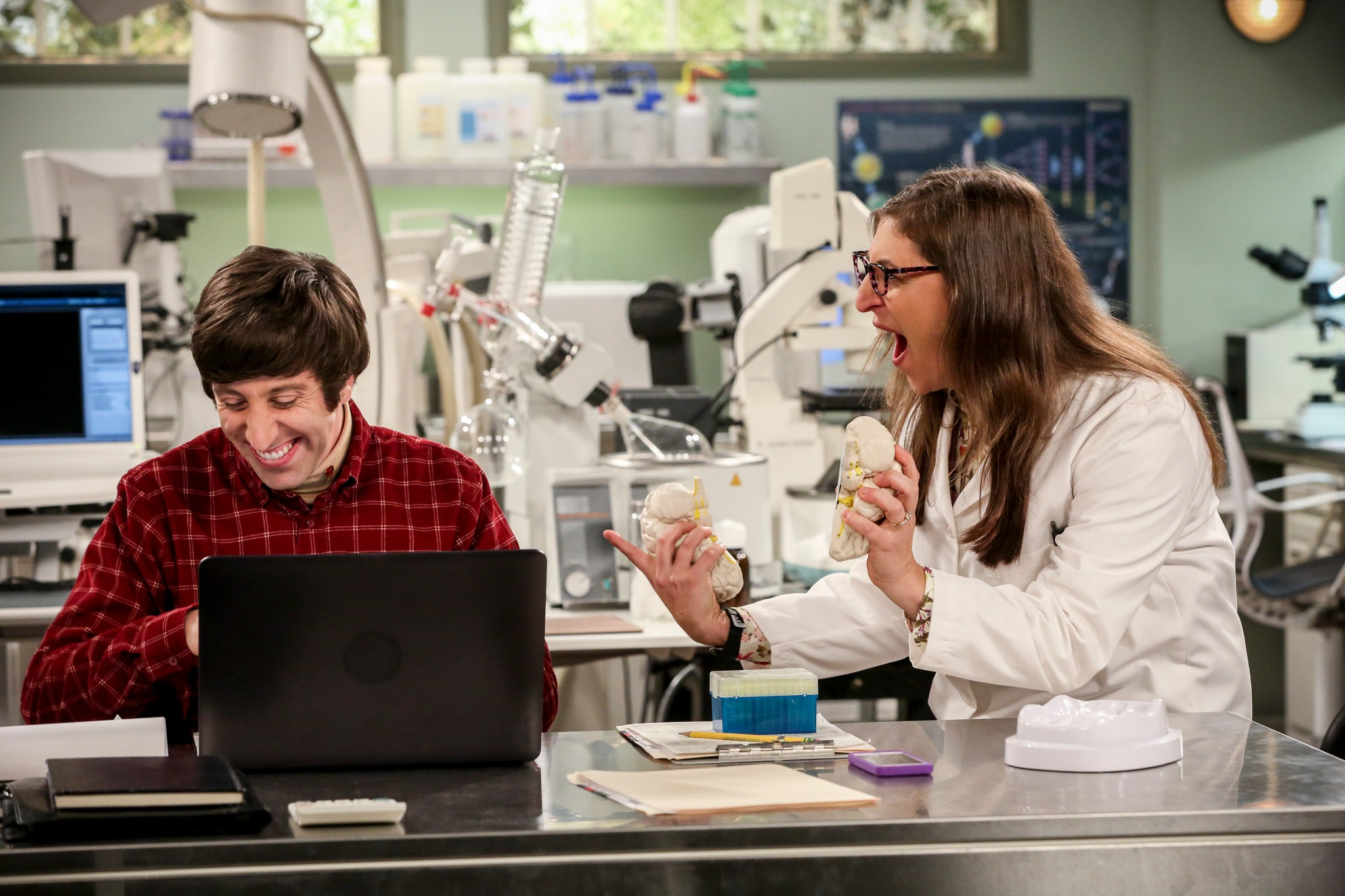
“Nerds vs. Normals”: When Two Universes First Crashed Into Each Other
From the very first episode, The Big Bang Theory built its humor and heart on the collision between two very different worlds: the ultra-logical, scientific realm of Sheldon, Leonard, Howard, and Raj — and the warm, unpredictable, socially fluent world of Penny.

This clash created comedic tension so strong that fans instantly fell in love with the dynamic. Penny walking into 4A wasn’t just a new neighbor moving in; it was the Big Bang that set off an entire universe of miscommunication, unexpected friendships, and emotional growth.
Watching her teach the guys about real-life social norms, while they dragged her into their world of physics jokes and Klingon Boggle, remains one of the show’s most iconic contrasts.
This section rewatches the earliest episodes and highlights the subtle ways the writers used cultural and intellectual opposites to create comedy, conflict, and eventually connection. It’s the timeless proof that even when worlds collide, something beautiful — and hilarious — can emerge.
“Love Across Different Realities”: Leonard & Penny’s Impossible, Perfect Collision
Leonard and Penny’s relationship is the ultimate example of two worlds that should never align… yet somehow do. Leonard comes from a life of academia, high IQ expectations, and emotional suppression; Penny comes from a world of instincts, compassion, and real-world experience.
Their romance isn’t magic — it’s friction. And that friction is what makes it compelling. We revisit the biggest moments where their differences seemed too large to bridge: Penny doubting whether she fits into Leonard’s intellectual world, Leonard feeling insecure around Penny’s past, and the misunderstandings that come from living on opposite emotional planets.
But the beauty is in how they always come back together, stronger than before. Fans love their journey because it proves that love isn’t about similarity — it’s about choosing to collide, to compromise, and to grow. Their relationship remains one of sitcom history’s most memorable “worlds collide” romances.
“Science Meets Comics, Space, and Fantasy”: Inside the Epic Mashup of Nerd Culture
One of the greatest collisions in the show is not between people, but between different nerd worlds — physics, engineering, comic books, role-playing games, video games, astronomy, and sci-fi.
TBBT creates episodes where entire universes blend into chaotic brilliance: Sheldon and Howard arguing about engineering vs. theoretical physics, Raj running simulations based on romantic fantasies, Leonard building life-size experiments inspired by comic lore, and the gang hosting intense debates about whether Star Wars physics could apply in Star Trek.
These crossovers aren’t just jokes — they are celebrations of fandom culture itself. This section explores these chaotic intersections, showing how the characters’ varied interests collide to create unforgettable moments, like the Dungeons & Dragons Christmas episode or the all-out “Scavenger Hunt War.”
Fans adore how the show unites different corners of geekdom, proving that passion — in any form — is something worth colliding over.
“When Scientific Genius Meets Emotional Reality”: Sheldon Cooper’s Greatest Collisions
Sheldon’s entire character arc is one long, dramatic impact zone between intellectual brilliance and human emotion. His world is built on logic, routine, and predictability — every rule calibrated, every variable controlled. But life refuses to obey his equations. Amy, friendship, family, heartbreak, joy — all are elements that collide with Sheldon’s rigid worldview and force him to adapt.
This section deep-dives into key episodes where Sheldon’s carefully structured universe is shattered: when Amy challenges him intellectually and emotionally, when he struggles to comfort Howard during his mother’s passing, or when he attempts empathy and fails spectacularly, only to grow a little more each time.
Fans cherish these moments because they reveal Sheldon’s vulnerability beneath the eccentricity. His journey shows that even the most stubborn world can change when another world collides with it — and that transformation can be surprisingly beautiful.
